I've visited 59 US National Parks alone. Here are 8 mistakes I see first-time travelers make.
Over the past 10 years, I've traveled alone to 59 of the 63 major National Parks.
First-time travelers often don't realize they have to secure reservations ahead of time.
It's also important for visitors to respect the land, the wildlife, and their own physical limits.
Nearly a decade ago, I woke up in the middle of the night thinking that I should travel to the Grand Canyon solo — the first National Park on what would become a yearslong personal quest.
As I got in the car and headed southwest, I, admittedly, didn't know much — I just knew I needed to go.
I brought my first backpack and a water bottle on the road (but forgot to bring any food) and spent days exploring the park. Only later did I realize how woefully unprepared I was.
Since that trip, I've traveled to 59 of the 63 major National Parks, hundreds of National Parks Service sites, and all 50 US States completely solo.
To say I've learned a lot in that time would be a gross understatement. Travel is a teacher, and of course, female solo travel adds another layer of complexity that has kept me on my toes.
With my experience, I'm hyper-aware of what is needed to make a National Park trip successful. Here is my advice on how a first-time traveler can easily mitigate mistakes.
Not securing timed-entry reservations in advance.
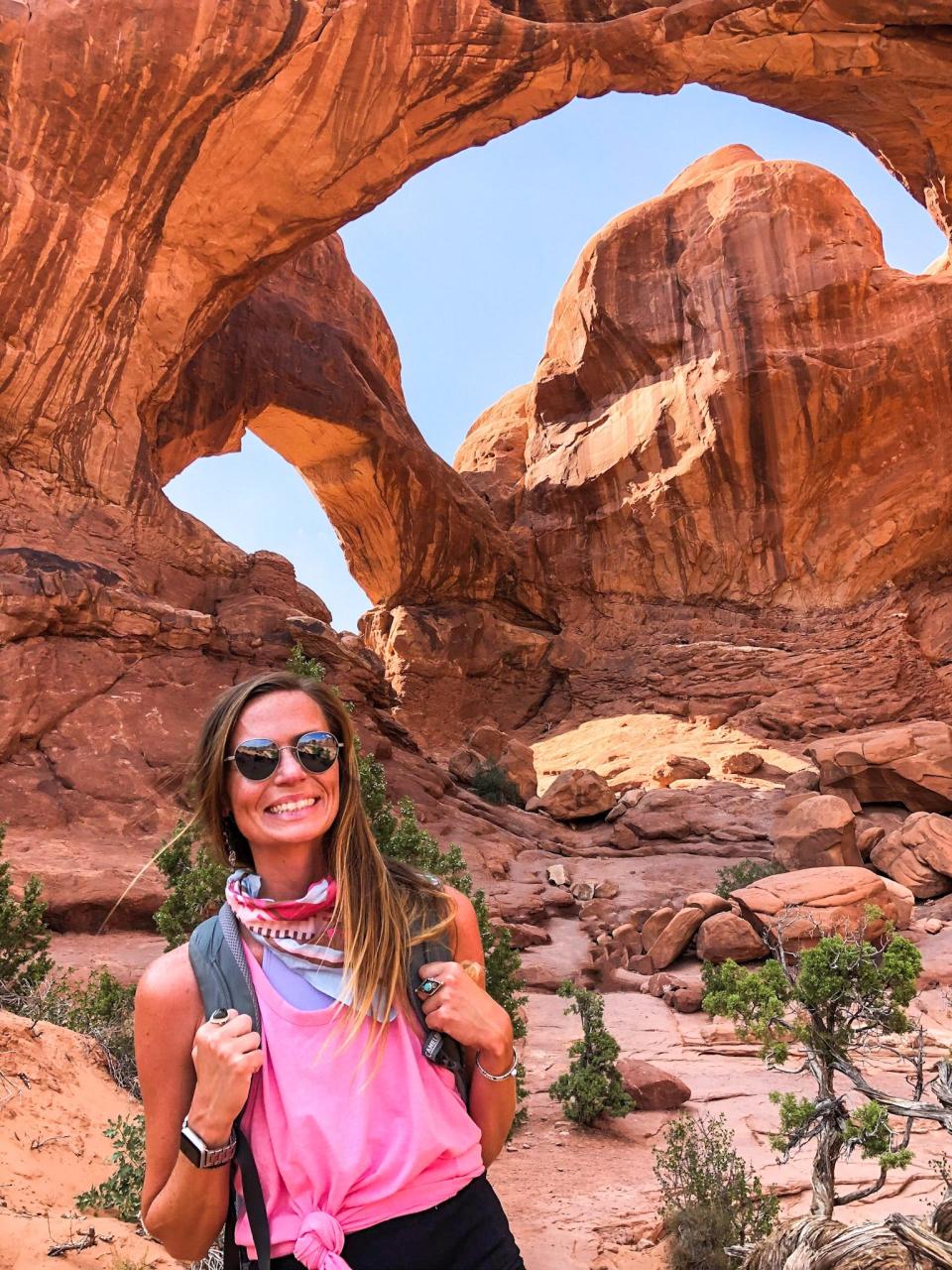
Reservations and timed-entry permits are the new normal for several of the most visited US National Parks.
Because it's still a relatively new system, I often see travelers turned away at the gates because they're unaware they need a reservation.
Although there are occasionally workarounds when a traveler can enter those parks without a reservation, navigating them is frustrating and often leaves travelers looking for backup options instead of the trip they envisioned.
It's crucial to research the entry requirements long before your visit, especially in the busy summer months.
Waiting until the last minute to book lodging or campgrounds.
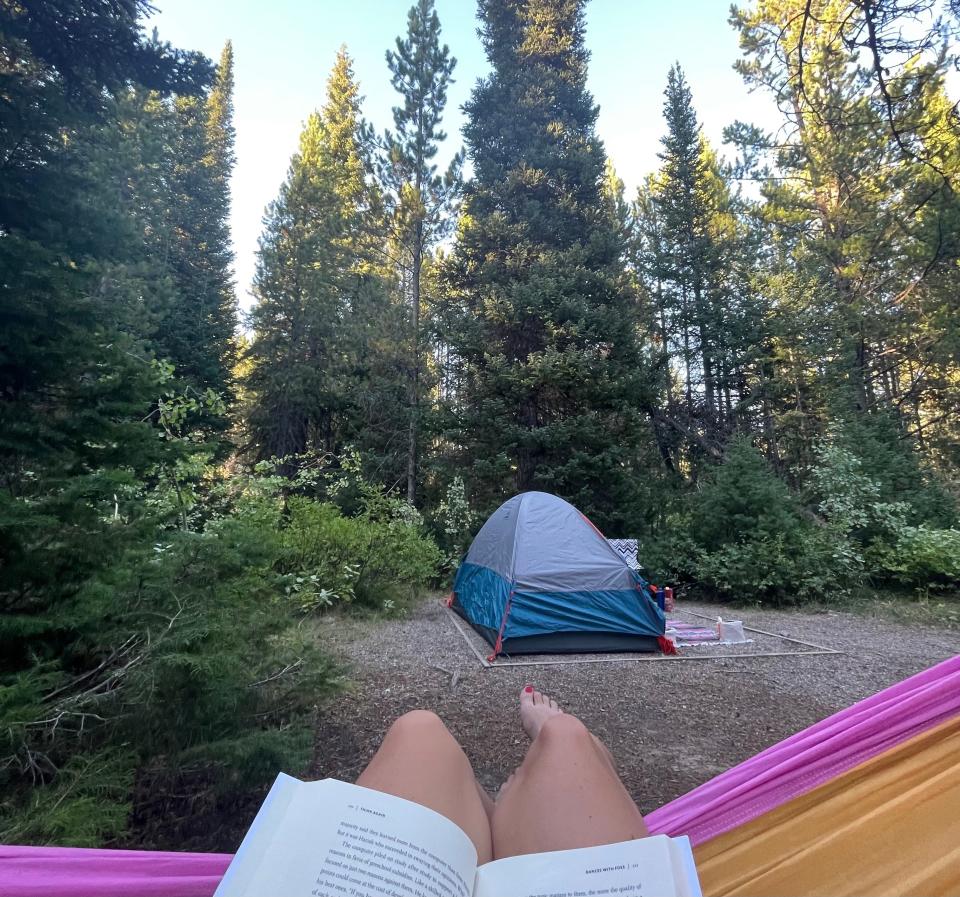
When considering a trip to the National Parks, many people think of freedom and spontaneity. Although that can undoubtedly be a part of the experience, travelers shouldn't wait until the last minute to secure lodging or campgrounds.
The booming popularity of National Parks has brought shortages of lodging and full campgrounds (many of which also require reservations in advance).
Making reservations far in advance is the best way to save yourself any hassle (and likely some money on last-minute accommodations).
Relying on cell service or Wi-Fi for navigation.
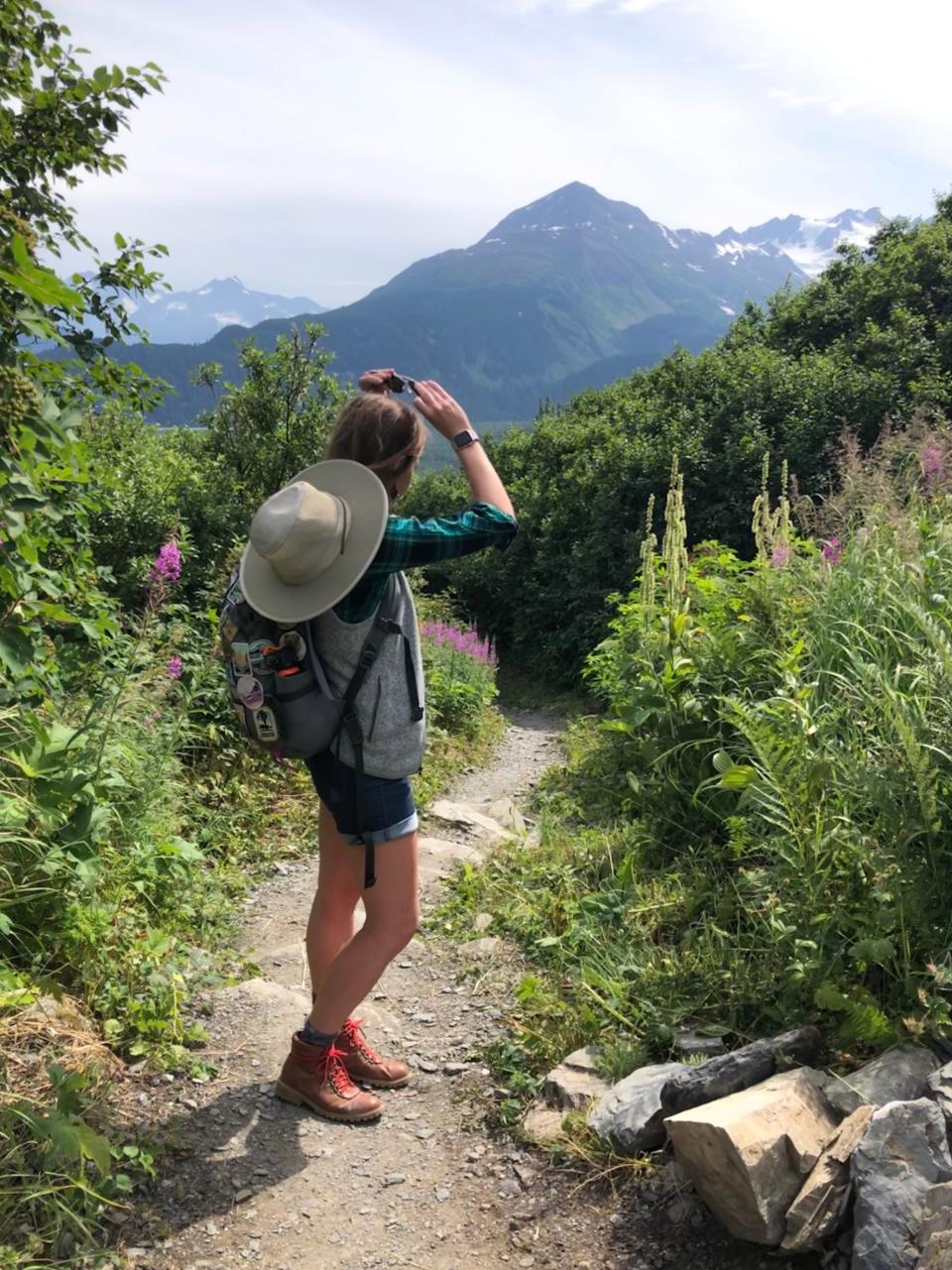
Although some National Parks have cell service and Wi-Fi, you should never count on either being available.
I always encounter travelers at visitor centers and shops in the parks begging for a Wi-Fi password that they cannot access or does not exist.
It's essential to download offline navigation before entering a park, as there's no guarantee you'll be able to otherwise.
Hiking without proper gear or enough water.
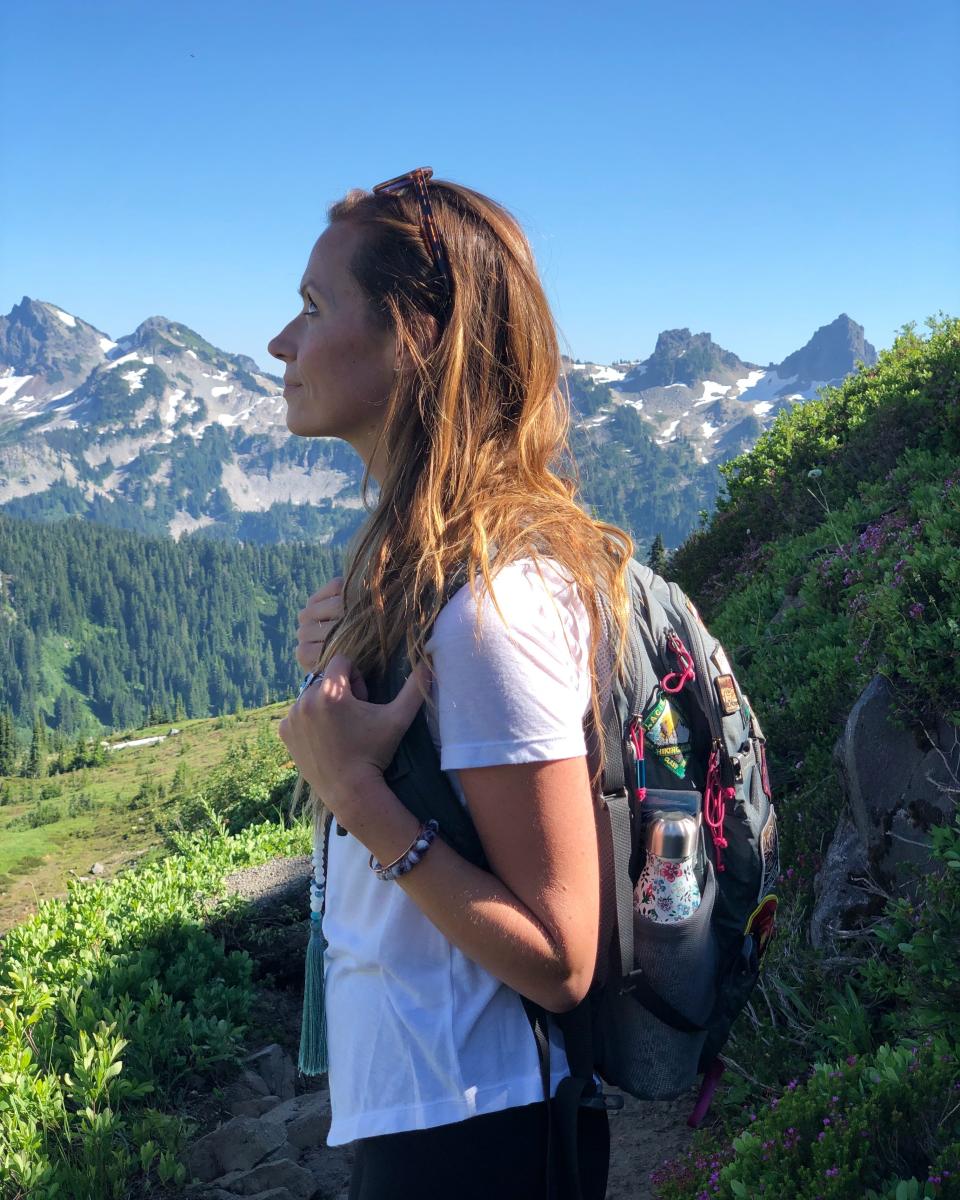
First-time visitors at a National Park don't usually participate in overly technical or strenuous hikes. However, I recommend bringing a few items to stay safe.
I often see visitors hiking in flip-flops or heels without any water or supplies. Even on a relatively short hike, anything could happen.
For anything longer than a quick trip, I always pack the essentials — navigation, sun protection, a headlamp, a first aid kit, a knife, fire, shelter, extra food, water, and clothes.
Going off-trail and not following the principles of Leave No Trace.
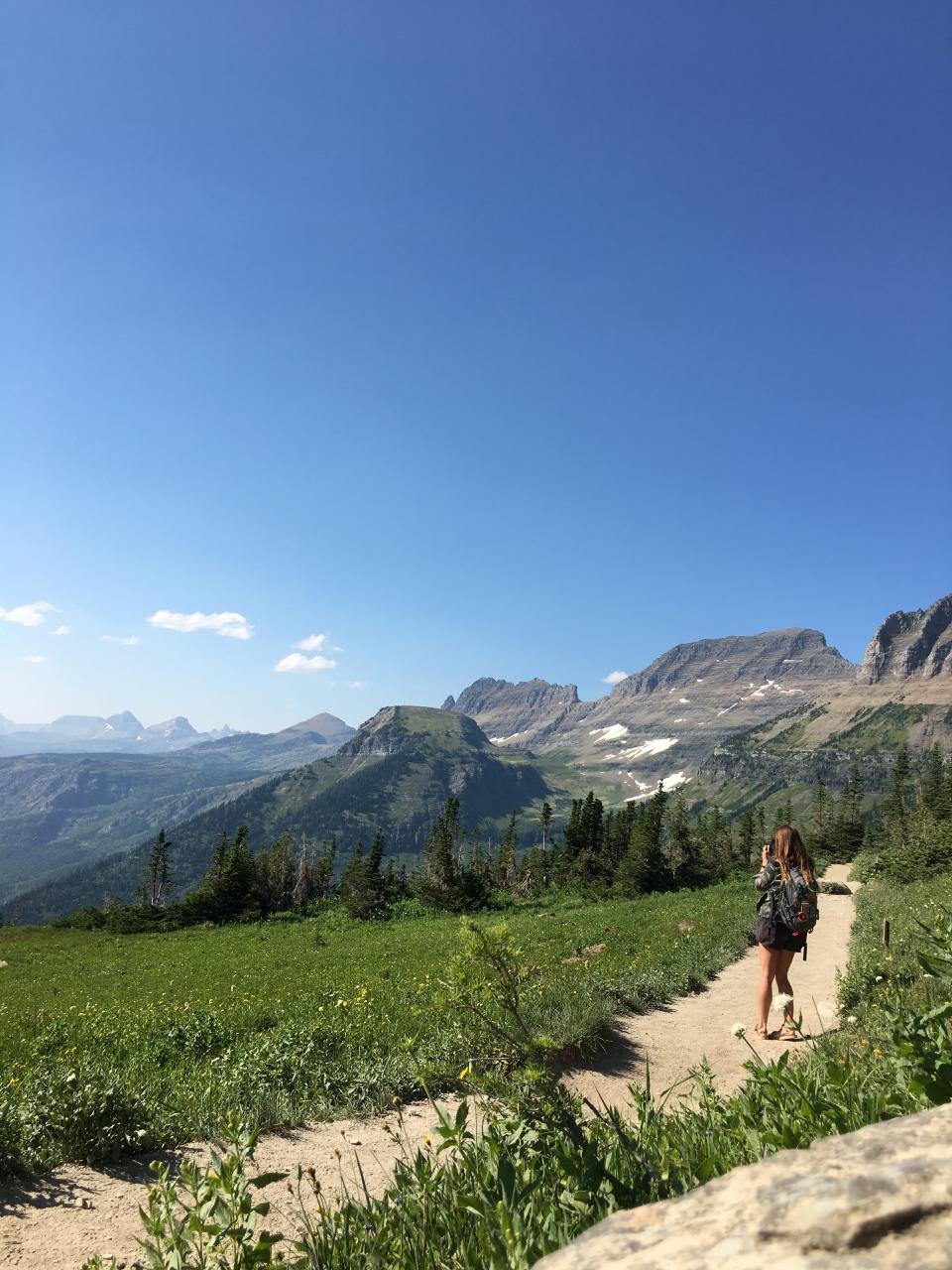
If you're on social media, you've likely seen viral photos and videos of bad behavior in the parks.
Unfortunately, this behavior seems to be escalating with increasingly bold visitors. In nearly every circumstance in a park, visitors should stay on posted trails.
Travelers should also become familiar with the seven principles of Leave No Trace, which provide guidelines for visiting the parks in a respectful manner.
Venturing too close to wildlife.
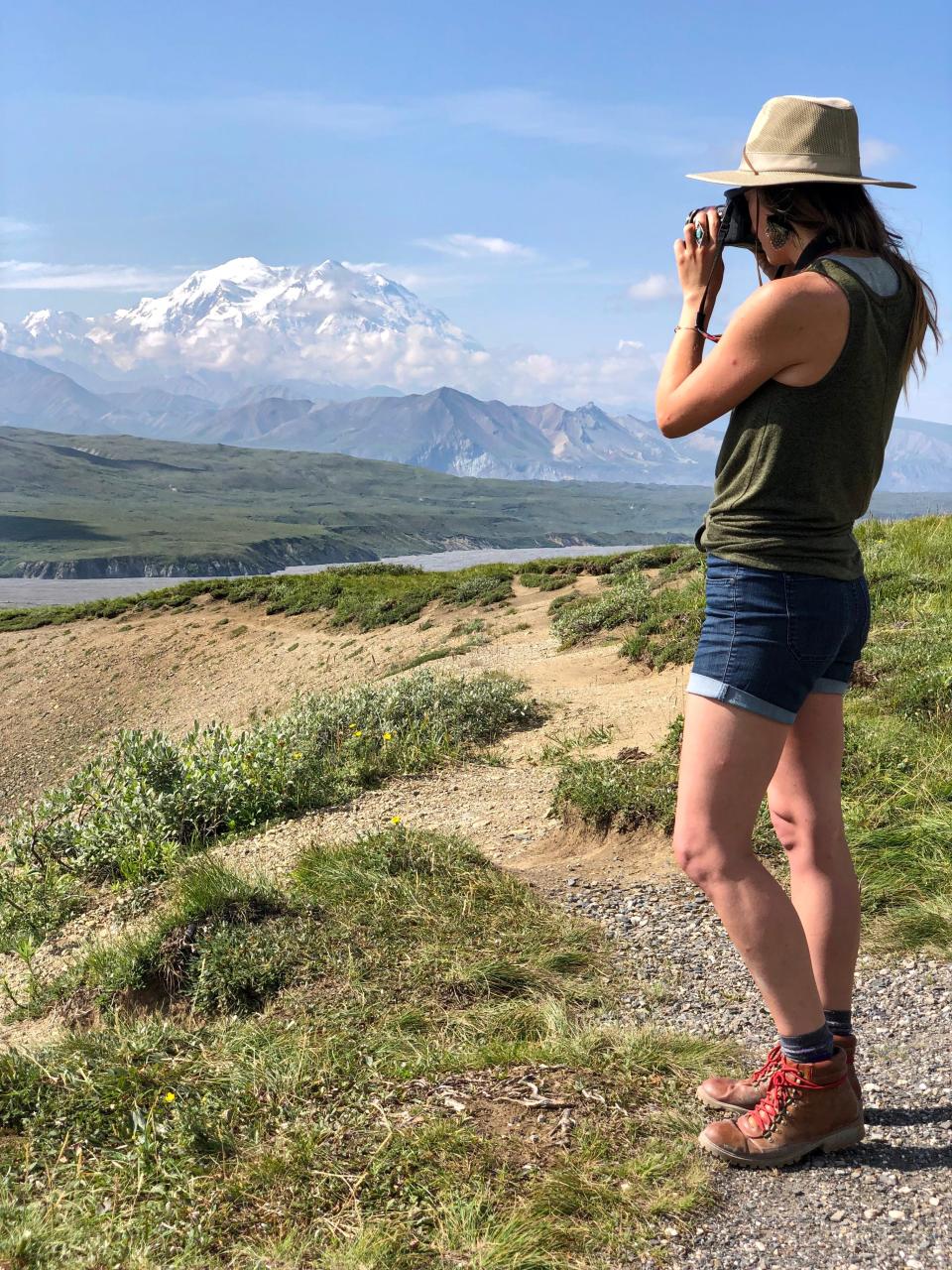
It's shocking how close some National Park visitors will get to dangerous wildlife like bears and moose for a selfie or a thrill.
The rule of thumb is always to stay at least 25 yards from wildlife and 100 yards from predators.
Arriving at popular parks late in the day.
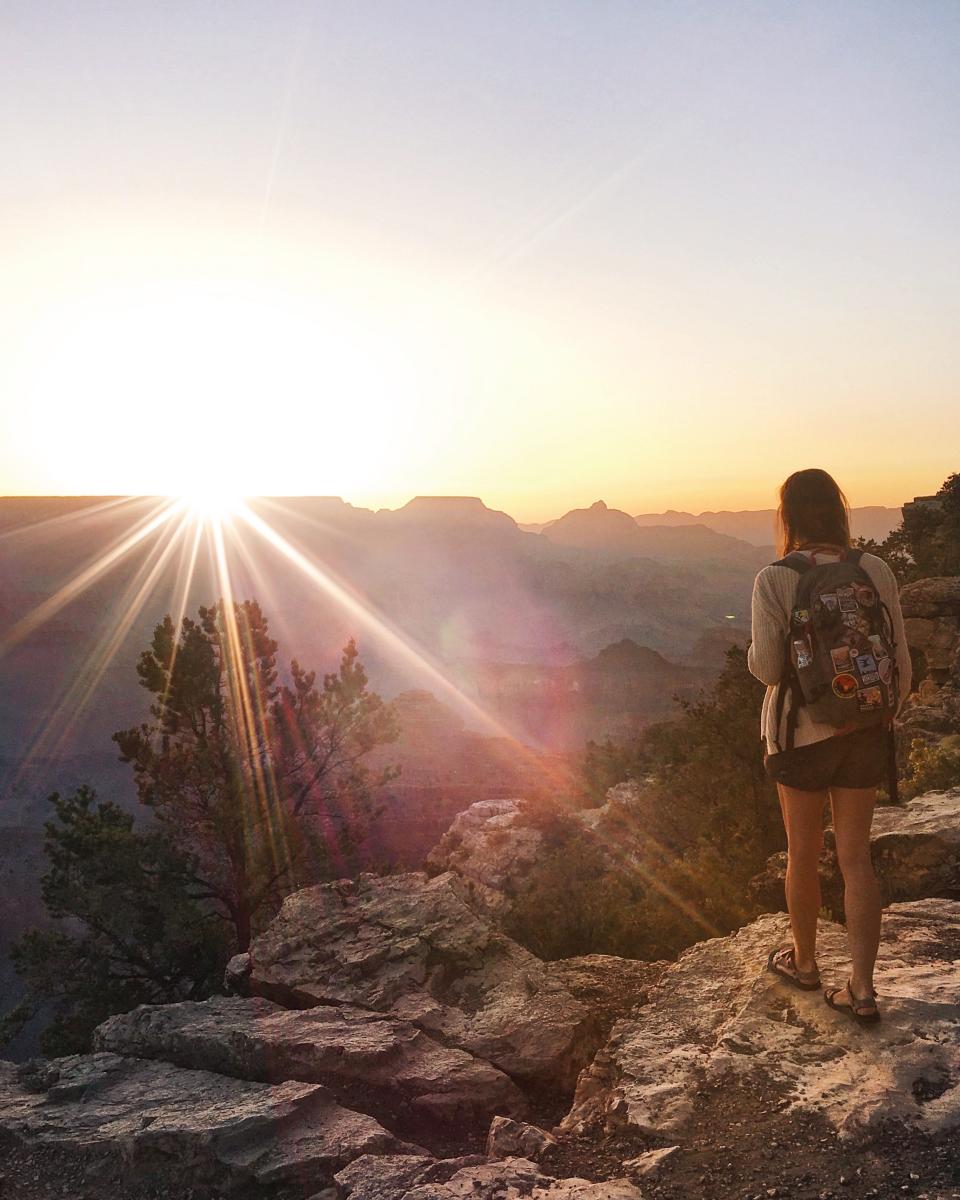
I always recommend entering a National Park as early as possible for several reasons.
Arriving early helps to mitigate crowds, as there will likely be fewer people around earlier in the day. The morning hours will also be the most tolerable for spending time outside, especially when traveling in the summer.
Every year, visitors encounter health emergencies and even death by hiking in the afternoon hours of a hot day.
Pushing beyond physical limits.
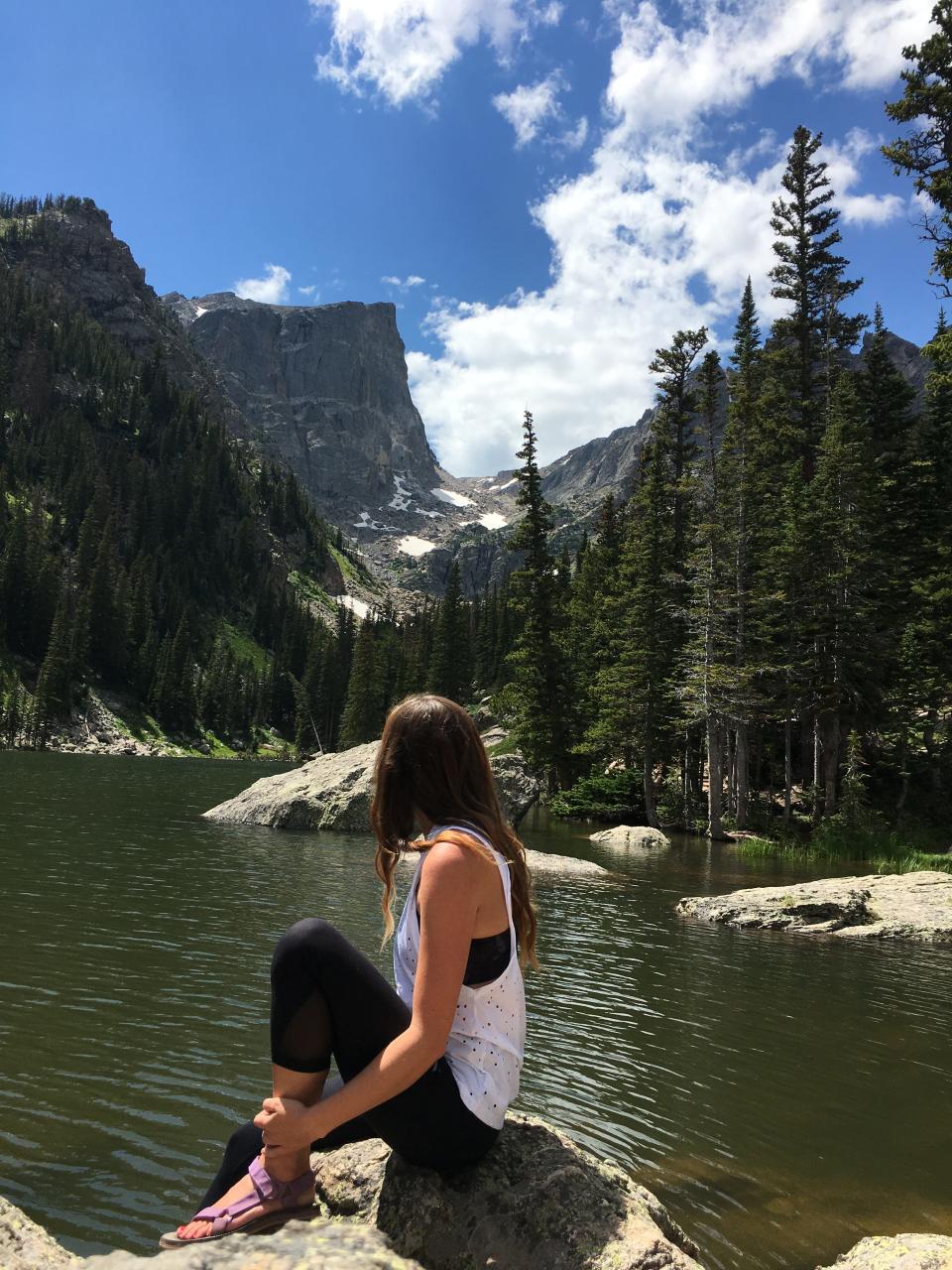
As a Colorado resident, the biggest mistake I see visitors make is pushing themselves beyond their physical limits.
For example, if a visitor is not acclimated to higher altitudes, a hike that seems easy or moderate on paper can become extraordinarily strenuous and even dangerous.
Knowing and respecting your physical limits is important when venturing into the parks.
Read the original article on Insider

